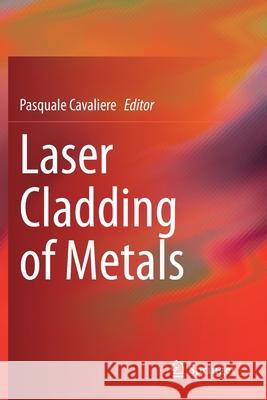Laser Cladding of Metals » książka
Laser Cladding of Metals
ISBN-13: 9783030531973 / Angielski / Miękka / 2021 / 456 str.
Laser Cladding of Metals
ISBN-13: 9783030531973 / Angielski / Miękka / 2021 / 456 str.
(netto: 482,85 VAT: 5%)
Najniższa cena z 30 dni: 501,19 zł
ok. 20 dni roboczych.
Darmowa dostawa!
Laser cladding is an additive manufacturing technology capable of producing coatings due to the surface fusion of metals. The selected powder is fed into a focused laser beam to be melted and deposited as coating. This allows to apply material in a selected way onto those required sections of complex components. The process main properties are the production of a perfect metallurgically bonded and fully dense coatings; the minimal heat affected zone and low dilution between the substrate and filler material resulting in functional coatings that perform at reduced thickness, so fewer layers are applied; fine, homogeneous microstructure resulting from the rapid solidification rate that promotes wear resistance of carbide coatings; near net-shape weld build-up requires little finishing effort; extended weldability of sensitive materials like carbon-rich steels or nickel-based superalloys that are difficult or even impossible to weld using conventional welding processes; post-weld heat treatment is often eliminated as the small heat affected zone minimizes component stress; excellent process stability and reproducibility because it is numerical controlled welding process. The typical applications are the dimensional restoration; the wear and corrosion protection; additive manufacturing.The wide range of materials that can be deposited and its suitability for treating small areas make laser cladding particularly appropriate to tailor surface properties to local service requirements and it opens up a new perspective for surface engineered materials. The main key aspect to be scientifically and technologically explored are the type of laser; the powders properties; the processing parameters; the consequent microstructural and mechanical properties of the processed material; the capability of fabrication of prototypes to rapid tooling and rapid manufacturing.
- Distills critical concepts, methods, and applications from leading full-length chapters, along with the authors’s own deep understanding of the material taught, into a concise yet rigorous graduate and advanced undergraduate text;
- Reinforces concepts covered with detailed solutions to illuminating and challenging industrial applications;
- Discusses current and future applications of laser cladding in additive manufacturing.











